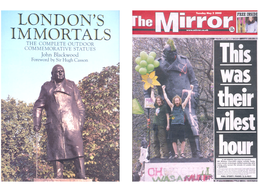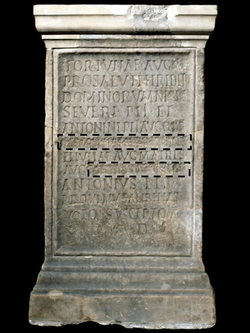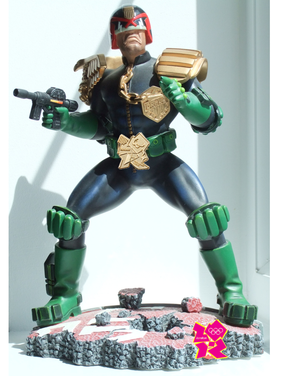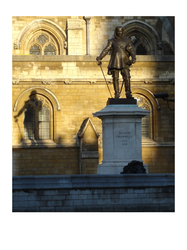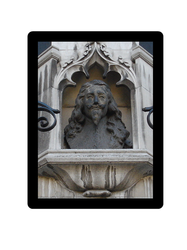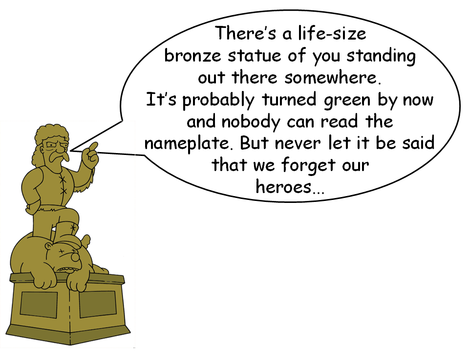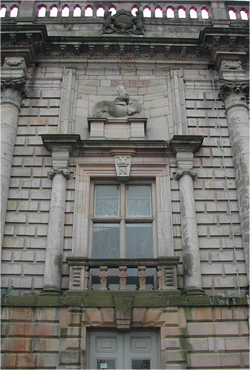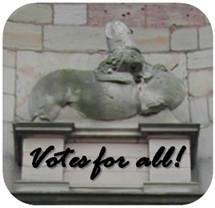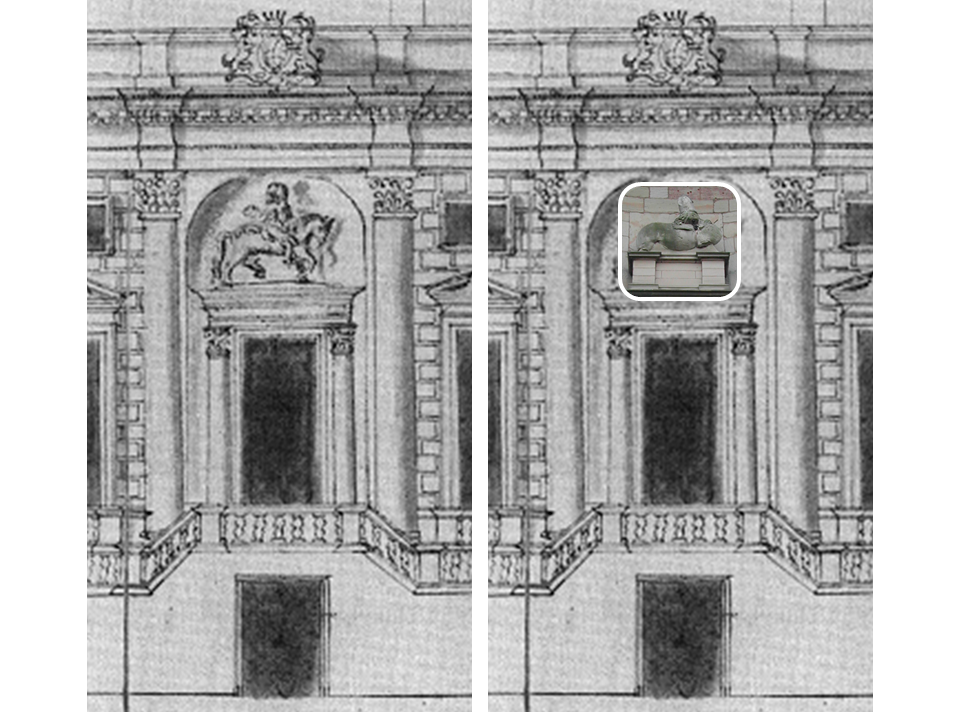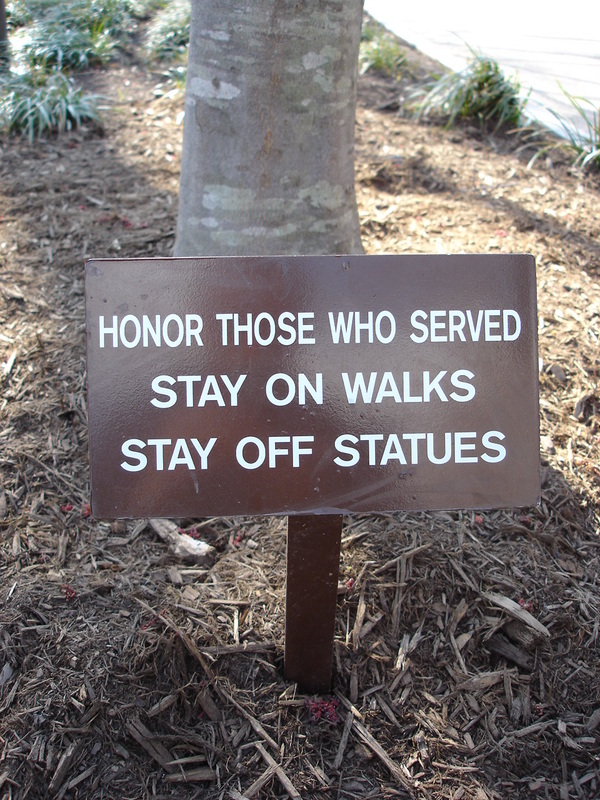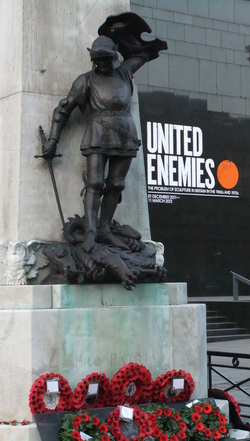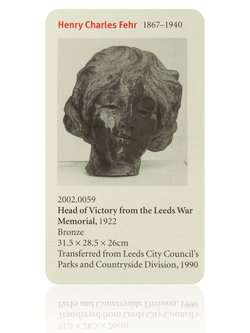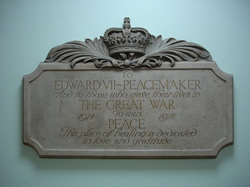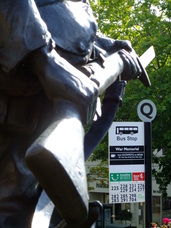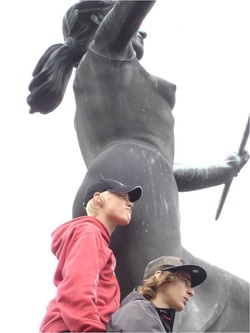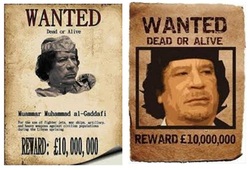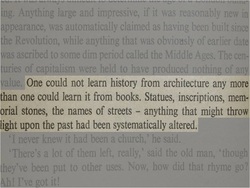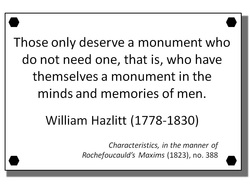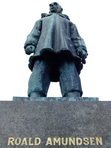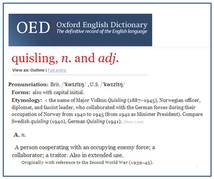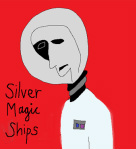
The closure of Modelzone is worth recording, not least as a reminder that over 500 people have lost their jobs following the company’s liquidation.(3)
Given that they are now things-of-the-past, all manner of quotidian Modelzone-related artefacts have suddenly accrued heritage-value. Thus the till receipt recording my last purchase plus the plastic carrier bag with its Modelzone logo merit preservation in preparation for their future museum-status.
My choice of purchase on this final day was deliberate. It involved a box of British paratroopers from the Falklands War, lovingly sculpted in plastic in a scale of 1:76. It seemed appropriate to buy these tokens of a post-imperial (sic) military adventure just as Britain is on the cusp of war with a new foreign enemy. (But see Supplemental note below.)
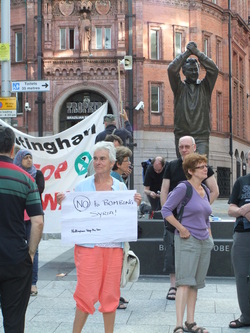
One thing seems certain, however. If British soldiers do engage this new foe, it will no doubt lead to the production of more model soldiers. One day it will become possible to purchase items from the range marked:
“British Paratroopers (Syria War, 2013-?)”
We shall have to acquire them from an online store, of course given that soon the notion of physical shops on something that used to be known as “the high-street” will be a quaint, nostalgic Woolworths-sweet-wrapped memory (the last bag of which sold on eBay for a reported £14,500 (5)).
___
Notes
(1) Simon Neville, “Modelzone toy retailer collapses after failure to find buyer”, The Guardian, 28/09/2013, http://www.theguardian.com/business/2013/aug/28/modelzone-collapses-deloitte-fails-buyer.
(2) Stuart Burch, “Respect for the Riddler”, 27/01/2013, http://www.stuartburch.com/1/post/2013/01/respect-for-the-riddler.html.
(3) Neville, op cit.
(4) “Syria crisis: David Cameron makes case for military action”, 29/08/2013, http://www.bbc.co.uk/news/uk-politics-23883427.
(5) “Last ever bag of Woolworths pick 'n' mix sweets sells for £14,500 on eBay”, Daily Mail, 21/02/2009, http://www.dailymail.co.uk/news/article-1151542/Last-bag-Woolworths-pick-n-mix-sweets-sells-14-500-eBay.html.
30/08/2013
Cancel that box of toy soldiers! In a rare outbreak of democracy, the Westminster parliament has put a temporary halt to a British foreign policy formulated in Washington DC.(1) Can it really be that, at long last, “Britain's illusion of empire is over”?(2) Only time will tell. But for now at least let us savour the true taste of Tony Blair’s political legacy.
(1) “Syria crisis: Commentators react to Cameron defeat”, BBC News, 30/08/2013, http://www.bbc.co.uk/news/uk-23894749.
(2) Polly Toynbee, “No 10 curses, but Britain’s illusion of empire is over”, The Guardian, 29/08/2013, http://www.theguardian.com/commentisfree/2013/aug/29/no-10-curses-but-empire-is-over.

